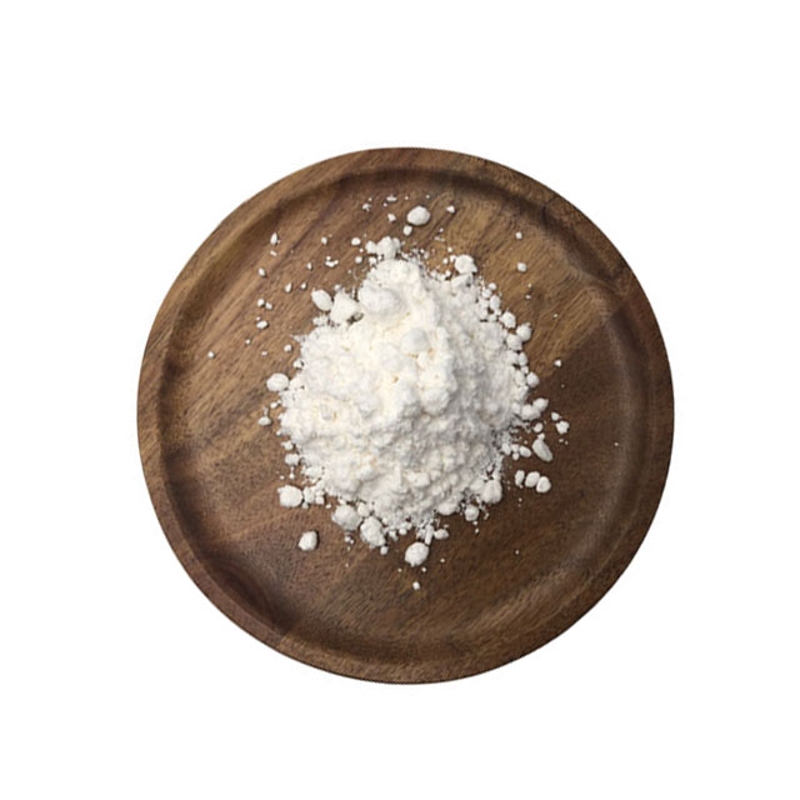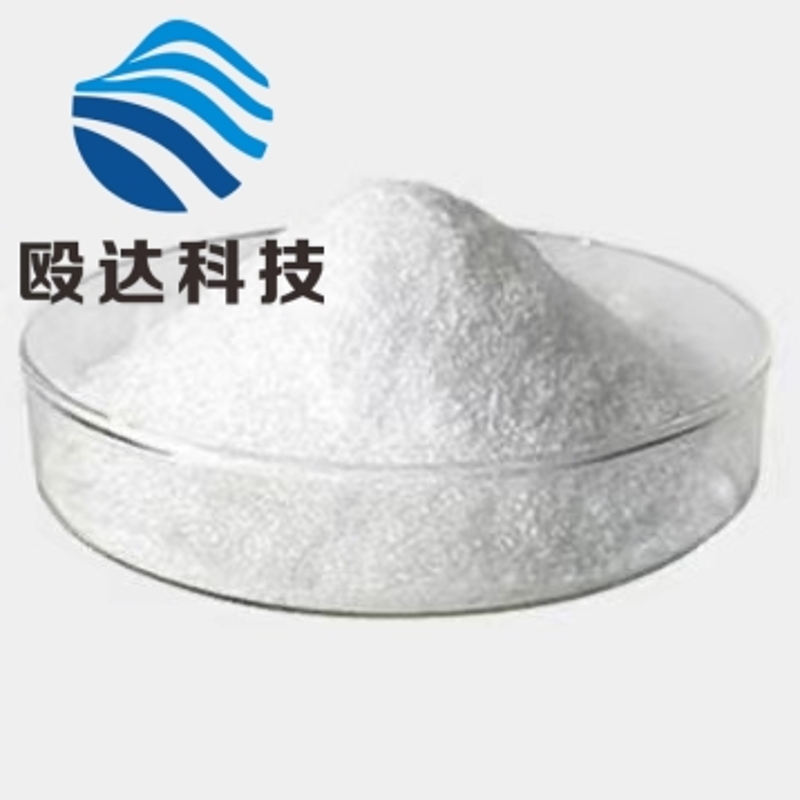-
Categories
-
Pharmaceutical Intermediates
-
Active Pharmaceutical Ingredients
-
Food Additives
- Industrial Coatings
- Agrochemicals
- Dyes and Pigments
- Surfactant
- Flavors and Fragrances
- Chemical Reagents
- Catalyst and Auxiliary
- Natural Products
- Inorganic Chemistry
-
Organic Chemistry
-
Biochemical Engineering
- Analytical Chemistry
- Cosmetic Ingredient
-
Pharmaceutical Intermediates
Promotion
ECHEMI Mall
Wholesale
Weekly Price
Exhibition
News
-
Trade Service
70 of 2013)
.
The "Food Labeling Law" integrates the food labeling related content in the "JAS" Law, the Food Sanitation Law, and the "Health Promotion Law", and uniformly regulates the overall content of food labeling.
The specific food labeling rules have passed the Cabinet Office Order "Food Labeling Standards" "(Announced on March 20, 2015)
.
In order to further understand the new food labeling method in Japan, the Japan-Korea Information Group of Food Partner Network will introduce and analyze the new method in 5 phases
.
Friends are welcome to communicate and discuss together .
Through research and comparison, this article has translated and sorted out the classification methods of processed foods and fresh foods, the difference between manufacturing and processing, and the relevant content of the "manufacturing place inherent number"
.
In Japan’s food labeling system, processed foods and fresh foods require different labeling content; processed foods and manufactured foods have different definitions, and labeling requirements are different; in addition, when a food is manufactured by two or more factories, it is allowed to use “manufacturing place”.
Unique number"
.
Unique number"
.
One.
Distinction between processed food and fresh food
The classification of fresh food and processed food in the original Japanese "Food Sanitation Law" and "JAS Law" is inconsistent
.
For example, dried mangoes are classified as fresh food in the "Food Sanitation Law", while they are classified as processed food in the "JAS Law"
.
The new "Food Labeling Standards" stipulates that dried or slightly salted or seasoned foods are classified as processed foods, in order to unify the classification of fresh foods and processed foods
.
The definition of processed food in the new "Food Labeling Standards" is that manufactured or processed foods are processed foods; fresh foods are defined as processed foods and foods other than additives, including simply washed, cut, and frozen foods
.
It also includes the agricultural products that are adjusted and selected.
The adjustment referred to here includes the drying of soybeans as part of the soybean harvesting process, so dried soybeans are also classified as fresh foods
.
Mixed and assembled, the same kind of fresh food mixtures are classified as fresh foods, and different kinds of mixtures are classified as processed foods
.
For example, single-product finely-cut kohlrabi is classified as fresh food, and a mixture of finely-cut kohlrabi and carrots for salad is classified as a processed food
.
It can be seen that the distinction between processed foods and fresh foods in the new "Food Labeling Standards" is not very clear, and there is a big difference from general consumers' perceptions.
Therefore, when judging their classifications, it is necessary to refer to the appendix of the new "Food Labeling Standards" The processed food catalogue of 1, and the fresh food catalogue of Attached Table 2
.
Individual examples not listed in these two catalogs need to be judged individually
.
Table 1 extracts some examples of judgment
.
Table 1 Judgment examples of processed foods and fresh foods
| Instance | manufactured food | Fresh food | Remarks | |
| Agricultural products | Cut off single-product vegetables (cut off vegetables) | ● | "Food Labeling Standards" attached table 2, the fresh food catalog stipulates that vegetables are adjusted, selected, and washed after harvest, including those that have been simply cut or frozen . | |
| Multi-variety vegetables are cut and mixed (such as mixed vegetables for salads, mixed vegetables for stir-fry) | ● | Mixing a variety of vegetables is equivalent to being processed into another product, so it is classified as processed food . | ||
| Use ozone water, hypochlorous acid soda water to sterilize and clean | ● | Although the sterilization and cleaning of ozone water and hypochlorous soda water belong to one process, it does not reach the level of processing, so it is classified as fresh food . | ||
| Frozen vegetables after blanching | ● | After being scalded, it is classified as processed food . | ||
| Livestock products | Mix and mince meat | ● | A variety of poultry and livestock meat mixtures are processed into another product, so they are classified as processed foods . | |
| It is taken from multiple parts of edible meat, cut and packaged on a container without seasoning | ● | "Food Labeling Standards" attached table 2, the fresh food catalog stipulates that edible meat is simply cut or sliced into thin slices . Including purely refrigerated or frozen, single-variety minced meat is also classified as fresh food . | ||
| Taken from multiple parts of edible meat, cut off the seasoned and packaged on the container | ● | Those that are simply cut or sliced are classified as fresh foods, but those that are essentially transformed into another product after seasoning are classified as processed foods . | ||
| Many kinds of edible meat and vegetables are cut and packed into a container without seasoning | ● | The combination of various types of edible meat and vegetables has essentially been transformed into another food, so it is classified as a processed food . | ||
| Spiced meat | ● | Seasoned processed foods are classified as processed foods . | ||
| Broiled barbecue | ● | The grilled surface becomes a processed product . | ||
| Aquatic products | Single origin tuna sashimi | ● | "Food Labeling Standards" attached table No. 2, the fresh food catalog stipulates that aquatic products include: whole aquatic products, gills and guts removed, fish heads, gills and guts removed, cut into two pieces from the spine, and cut Pieces of fish, thinly sliced, peeled, frozen or thawed, live . | |
| Single item tuna sashimi with perilla leaves or horseradish and other add-ons | ● | Single-product tuna sashimi with perilla leaves or horseradish and other add-ons can be regarded as a single fresh food, only the name of the main product tuna and the place of origin need to be marked, and other add-ons do not need to be marked . | ||
| Various types of sashimi assembling products | ● | Classified as processed goods |
two.
The distinction between manufacturing and processing
Food processing activities are classified into "manufacturing" and "processing" according to the degree of processing
.
To manufacture food, you need to identify the manufacturer and place of manufacture; for processed food, you need to identify the processor and place of manufacture
.
Manufacturing refers to the fact that the products produced are essentially different from the raw materials used, which is similar to the deep processing in China; processing refers to the behavior of adding new attributes while retaining the essential conditions of the raw materials used, similar to the primary processing in China.
.
In actual operation, there will be instances that cannot be clearly judged, and individual cases need to be judged separately
.
In the new "Marking Standards", sub-packaging is classified as processing.
In the past, the "Food Sanitation Law" classified sub-packaging as manufacturing, so this is a big change
.
Table 2 lists specific examples of processing, and other processing activities are manufacturing activities
.
Table 2 Specific examples of processing behavior
| Processing | Adjust form | Cut off | Simple cutting and processing of processed foods, such as cutting ham into thin slices |
| Plastic surgery | Adjust the size of processed foods, such as adjusting the shape and size of bacon | ||
| Pick | Select processed foods, such as dried small ding fish according to size | ||
| smash | Zacheng chunky, isolated from maize endosperm and the like . Does not include the act of making fresh food or processed food into powder | ||
| mixing | Mixture of different kinds of fresh food or processed food, such as a mixture of finely sliced rutabaga and finely sliced carrots, etc. | ||
| Replace container packaging | Assemble | Assembled products of multiple different kinds of fresh food such as tuna and salmon sashimi | |
| Assembling of fresh and processed foods, such as tuna sashimi and steamed octopus assemblages, etc. | |||
| Subpackage | Processed foods are packaged, such as roasted eel in bulk, and sold separately . | ||
| With salt | Add salt to processed foods that already contain salt, such as marinated sweet salmon and salt to make salty salmon . | ||
| Boneless | If only pickling the bones of mackerel, keep it intact | ||
| Grilled surface | The behavior of roasting the surface of fresh food, such as roasting beef, etc. | ||
| freezing | The behavior of frozen processed food does not include frozen tofu, cold days, and other frozen food manufacturing behaviors . | ||
| thaw | Through natural thawing, the frozen food is restored to the state of refrigeration and normal temperature, such as the thawing of frozen octopus | ||
| Prevent sticking | To prevent curing, use vegetable oil coating . For example, the surface of raisins is coated with vegetable oil . |
three.
About the unique number of the place of manufacture
In the past, when the name and address of the parent company were marked on the food produced by the subsidiary; when the name and address of the seller were marked on the consigned processed food, the subsidiary and the consigned processing factory were allowed to use the "manufacturing place inherent number" because of the limited identifiable area on the label.
Instead of marking
.
The "manufacturing location inherent number" needs to be filed with the Consumer Affairs Agency in advance
.
The new "Marking Standards" stipulates that when a product is produced by more than two factories, the "manufacturing location inherent number" can be used
.
The new "Marking Standards" also stipulates that when using the "manufacturing place inherent number", any one of "manufacturer's contact information", "manufacturer's website", and "all manufacturer addresses" must be marked
.
Regarding the detailed marking method of the "manufacturing place inherent number", the Consumer Affairs Agency will issue relevant questions and answers within this year
.
Therefore, the "manufacturing location inherent number" related regulations will be postponed to April 2016, and the transition period will be 4 years.
As with other regulations related to processed foods, all new standards will be applied from April 1, 2020
.







